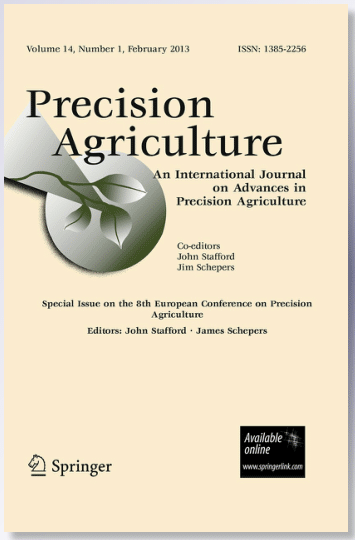Optimizing the timing of rice paddy drainage and harvest is crucial for maximizing yield and quality. These decisions are guided by rice grain moisture content (GMC), which is typically determined by destructive plant samples taken at point locations. Providing rice farmers with predictions of GMC will reduce the time burden of gathering, threshing and testing samples. Additionally, it will reduce errors due to samples being taken from unrepresentative areas of fields, and will facilitate advanced planning of end-of-season drain and harvest timing. This work demonstrates consistent relationships between rice GMC and indices derived from Sentinel-2 satellite imagery, particularly those involving selected shortwave infrared and red edge bands (r=0.84, 1620 field samples, 3 years). A methodology was developed to allow forecasts of grain moisture past the latest image date to be provided, by fusing remote sensing and accumulated weather data as inputs to machine learning models. The moisture content predictions had root mean squared error between 1.6 and 2.6% and \(\hbox {R}^2\) of 0.7 with forecast horizons from 0 to 28 days. Time-series grain moisture dry-down predictions were summarized per field to find the optimal harvest date (22% grain moisture), with an average RMSE around 6.5 days. The developed methodology was operationalized to provide rice growers with current and projected grain moisture, enabling data-driven decisions, ultimately enhancing operational efficiency and crop outcomes.


